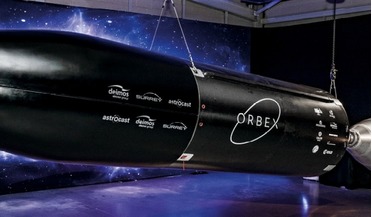 April 2019
Building the UK’s first spaceport
April 2019
Building the UK’s first spaceport
... spaceport project. UK government-funded research suggests that more than 30 small satellite operators plan to launch low Earth orbit (LEO) constellations before 2030, amounting to more than 7000 potential satellites. LEO satellites are designed with...
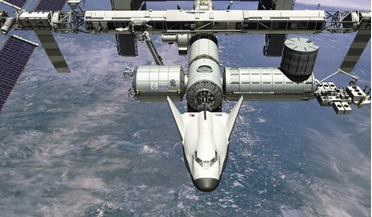 July 2021
Commercial space stations - fulfilling the dream
July 2021
Commercial space stations - fulfilling the dream
.... We have seven missions on contract right now, and we’re also planning a crewed version which could take people to a low Earth orbit platform. What we envisage long term is multiple platforms, connected together with nodes and serviced by the Dream...
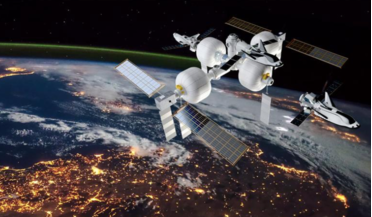 02 April 2021
SNC unveils plan to build its own commercial space station
02 April 2021
SNC unveils plan to build its own commercial space station
..., last year Axiom Space became the first commercial company to announce it would be constructing its own station in low Earth Orbit that will serve as a home to microgravity experiments, critical space-environment materials testing, and private and...
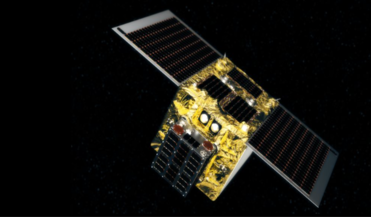 05 November 2018
Astroscale secures $50 million to clean low Earth orbit
05 November 2018
Astroscale secures $50 million to clean low Earth orbit
... achieve these exciting goals. Approximately 750,000 pieces of space debris over one centimeter in diameter are orbiting the Earth, threatening the safety of active spacecraft. Given this active risk of space debris currently...
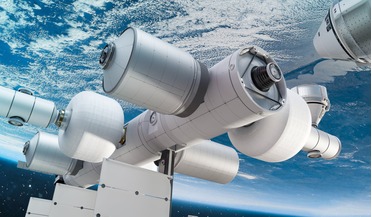 26 October 2021
Blue Origin and Sierra Space announce development of a commercial space station
26 October 2021
Blue Origin and Sierra Space announce development of a commercial space station
...next evolution of the commercial space paradigm by creating the first ever crewed private sector platform in low Earth orbit. The Orbital Reef will carry forward the singular legacy of the ISS, supporting innovative microgravity research, development...
 January 2018
SLS ushers transformation of deep space exploration
January 2018
SLS ushers transformation of deep space exploration
...exploration of deep space, the primary purpose of SLS is to enable NASA’s journey to Mars and propel humans beyond low Earth orbit for the first time in almost half a century. The initial configuration of SLS - Block 1 - will be capable of delivering...